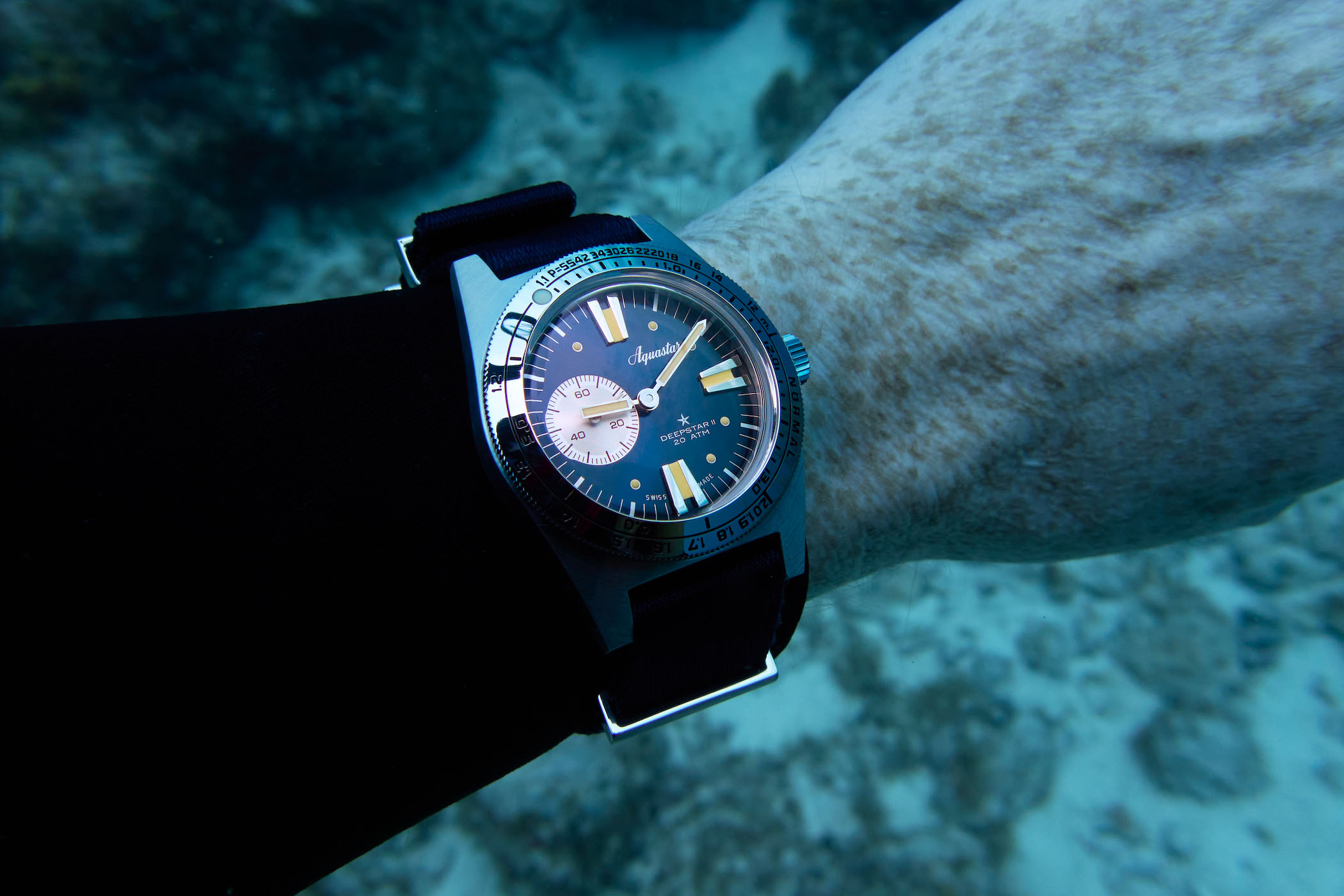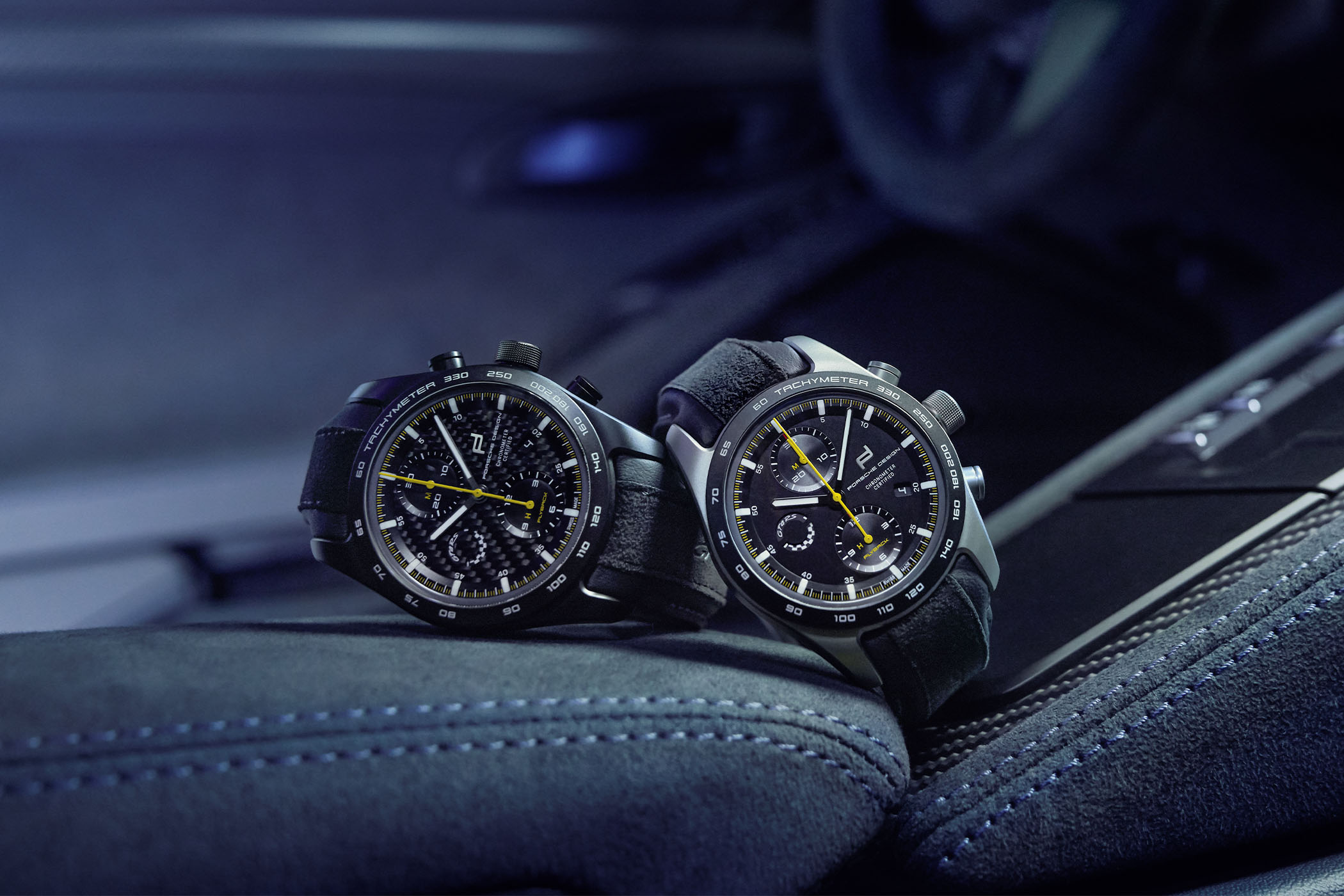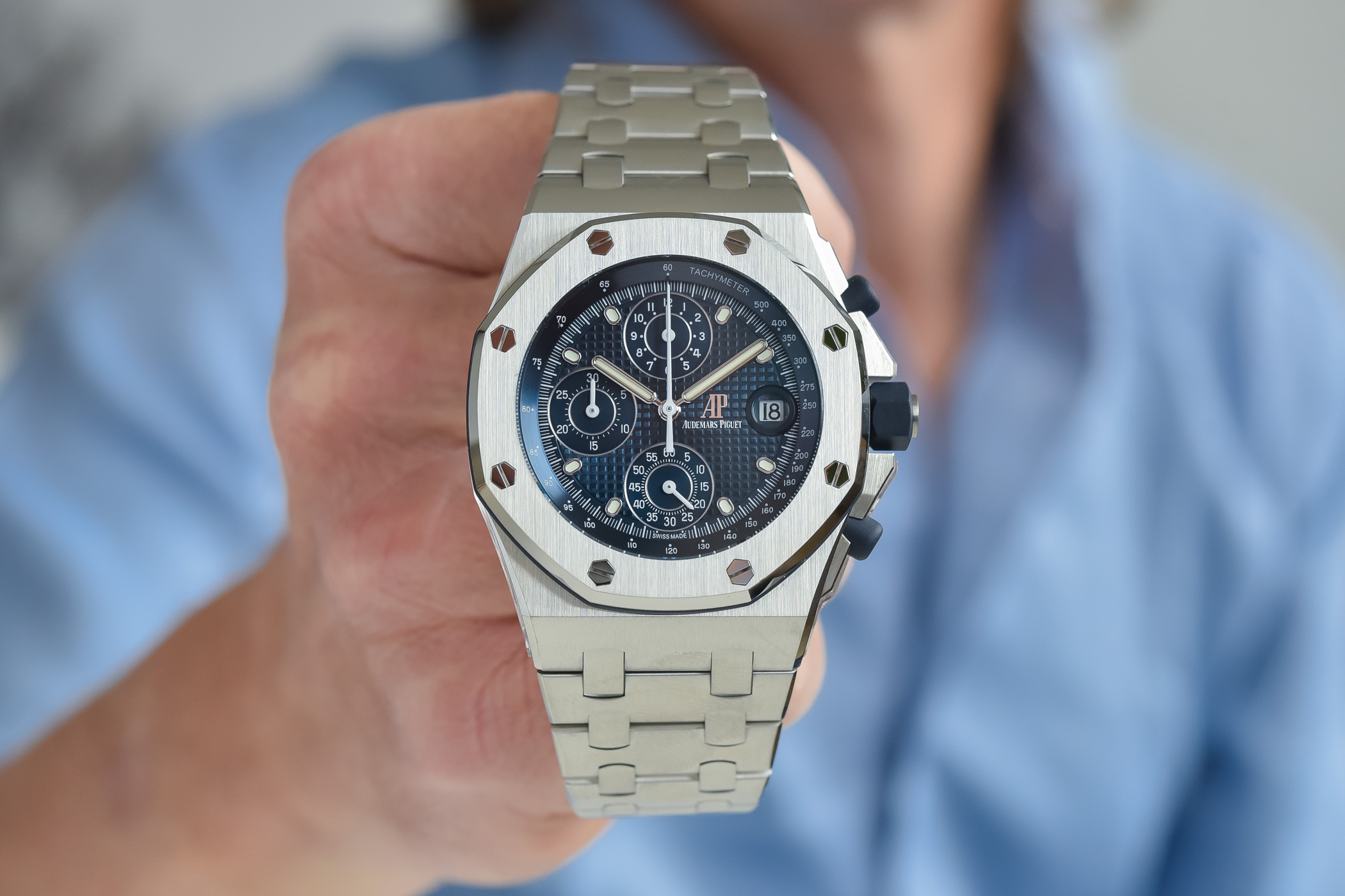An Ode to the Porsche 917, Possibly the Most Iconic Race Car Ever Made
The thing dreams are made of... And even though the "King of Cool" showed it on silver screen, this isn't the main reason for its cult status!
9-1-7 (to be pronounced nine-one-seven), three numbers that will immediately talk to all motorsport enthusiasts. Three numbers that sum up what is probably the most iconic race car ever produced. Back in the 1960s, the 24 Hours of Le Mans, itself the world’s most legendary race event, was dominated by a battle between Ferrari and Ford (not only the cars but the eponymous men too). Porsche already was successful on the French track (in the lower categories, such as the 2.0L with the 904, 906, 907 and 910) but never made it to the first step of the podium, for the overall win. But in 1969, the German brand decided it was time to give the Americans a lesson. This answer took shape and the Porsche 917 was born.
Back in 1968, Porsche wasn’t doing bad at the 24 Hours of Le Mans. The German manufacturer actually achieved a second place at the French event, with a Porsche 907, powered by a 2.2L Flat 8 engine producing a mere 270hp… Which is even more surprising knowing that the competition was named GT40 and was powered by a good ol’ American V8 and over 450hp. Thanks to its longtail body and lightweight architecture, the car was capable of reaching 300kph on the Hunaudières (the 6km straight line of the Le Mans circuit). Not bad for such a little car.
However, the guys at Porsche knew that luck, reliability and lightness were not enough to compete with the big guys Ford, Lola and what Ferrari was about to present the following year, the car that will always remain as the 917’s best enemy, the 512S and its 12-cylinder flat-12 engine. On March 12, 1969, a 917 was displayed at the Geneva Motor Show, painted white with a green nose and a black No. 917. Brief literature on the car detailed a price of DMÂ 140,000, approximately GBP 16,000 at period exchange rates, or the price of about ten Porsche 911s – because, indeed, the 917 was available for sale!

The Porsche 917 is possibly THE most iconic race car ever created…
In order to compete with the GT40s, Lolas and Ferraris, Porsche developed a new engine, still relying on the brand’s boxer architecture, this time being a 4.5L 12-cylinder (for the first series) monster capable of 600hp – this engine is, in fact, a combination of 2 of Porsche’s 2.25L flat-6 engines used in previous racing cars. To keep the car compact despite the large engine, the driving position was so far forward that the feet of the driver were beyond the front wheel axle. The Porsche 917 was packed with technology and used components made of titanium, magnesium and other exotic alloys.
The first series, the Porsche 917-01 as displayed above in white and green, had a unique shape, with a semi-longtail bodywork and active rear wing flaps… And surprisingly, this isn’t how most people would describe the 917. The reason; this model proved extremely fast but also dangerous, as it had considerable handling problems at high speed because of significant rear lift. In fact, 1969 was a bad year for Porsche and pilots even preferred to race the 908s at the 1,000km Nürburgring, for obvious safety reasons. Then came the 917K “Kurzheck” (for short-tail), with a shorter, more upswept tail to give the car more stability – and the style we all know as THE iconic shape of the 917.
Success finally came at the 1970 24 Hours of Le Mans, when a red-and-white “Porsche KG Salzburg” Porsche 917K (the one at the beginning of this article, number 23), driven by Hans Herrmann and Richard Attwood, made it to the top of the podium, as the first overall win for the brand – on a total of 19 wins, making Porsche the most successful carmaker at Le Mans. This is how the legend started.
“Captain Slow” driving the Porsche 917
There’s no denying that Frank and I are both big fans of the British boys Clarkson, Hammond and May, whether presenting Top Gear or the current broadcast of The Grand Tour. Since they gained their independence, the three guys are showing some of the finest (and worst too) cars on Earth. This includes James May, a.k.a “Captain Slow”, behind the wheel of a Gulf-painted Porsche 917, a car he names “possibly the most iconic racing car ever created“. Why him? Apparently, as the car is quite valuable – around EUR 15 million – the insurance company said “yes, but not the accident-prone little midget (Hammond), it must be Captain Slow“… So here’s May, making sure to drive slow enough not to scratch the car (well, in fact, Captain Slow isn’t that slow).
More videos on The Grand Tour YouTube channel.
Driving a “street legal” Porsche 917
What does it take to drive a 917K, on the road, with a legit licence plate and registration? Well, it takes a bit of cash, obviously, as these little devils easily fetch over EUR 15 million at auction. It also helps if you live in Monaco and know one thing or two about paperwork and have a precedent in order to have a slight ounce of credibility in front of the registration office.
The precedent was Count Rossi, part of the Martini & Rossi company that sponsored plenty of Porsche race cars, who bought a used 917 from the company. With minor modifications like adding mufflers, and via a highly suspect loophole, he was somehow able to convince the DMV in Alabama to allow the all-silver painted chassis no. 030 for road use, according to Historic Motorsport Central.
Fast forward to 2016… A relatively young Monaco-based collector named Claudio Roddaro and his crazy idea of making his 917 street legal – the second of its kind, as Rossi’s example would pave the way for Roddaro. After two months of painstaking bureaucratic procedure, mountains of paperwork sourced and sorted, he was finally able to register his authentic Martini racing livery and period sponsor decals 917K and make it ROAD-LEGAL!
Now imagine a 600hp race car, with no assistance whatsoever, weighing less than half that of a 911 GT3 – not known to be a slow car – and that, on the road, with a licence plate bolted in-between the massive exhaust pipes… Yes, that’s quite a thing indeed!
More details at jalopnik.com.
One crazy GTG event for the 50th Anniversary of the Porsche 917
“You’ll never see another Porsche 917 reunion like this one,” states Classic Driver in its report of the incredible GTG event for the 50th anniversary of the Porsche 917… And indeed, they are right. The magazine’s photographer Rémi Dargegen was granted a once-in-a-lifetime opportunity to shoot 11 917s at the historic Werk 1 building in Zuffenhausen, including both the 1970 and ’71 Le Mans winners. And the result turned out to be mesmerizing indeed… No need for words, just enjoy the photos (all with due credits to Rémi Dargegen for Classic Driver)
More details in the story here, at www.classicdriver.com.
The +1500hp Porsche 917/30 Sunoco up the Hill
While most of the history of the Porsche 917 is related to the 24 Hours of Le Mans and other endurance races, Porsche also engaged in another championship, this time on the other side of the Atlantic; Can-Am (Canadian-American Challenge Cup), a discipline that was extremely popular in the 1970s as, on the contrary of Le Mans, there were no strict regulations on power, turbochargers, weird aerodynamic solutions (remember the Fan Cars).
With the new rule for 3.0L engines at Le Mans, Porsche was no longer allowed to engage the 917 but decided to extend the life of its multiple-wins race car in Can-Am. For that series, larger and more powerful engines were needed, thus the 12-cylinder engine was the perfect base, especially since the brand added two massive turbochargers, resulting in a staggering 1,580hp output in qualifying tune (even more than the 1980s turbocharged F1 cars). Still, the cars usually raced with around 1,100hp to preserve the engine – and maybe for safety reasons too… As such, the 917/30 is perhaps the most powerful race car to have ever existed.
And what does it means to drive (or to try driving) this “Turbo Panzer” on the narrow roads of Goodwood…? Check the video below.
More on this story at www.goodwood.com.























10 responses
Surely the most iconic race car in history is either the Ferrari 250 GTO or the Ford GT40?
@JAGOTW – long debate… no clear answer… each his own favourite. hence the “possibly†in the title.
Por cantidad de victorias en le mans sin dudas Porsche ya sea oficiales o privados la pelea Ford-Ferrari es por la compra fallida de una a,otra y la creación del GT 40 solo por eso ahora todas estas marcas están siendo superadas por sus competidoras japonesas y corriendo en clases inferiores por su tecnologÃa y potencia
Too many petrolhead articles recently. I get that some watch enthusiasts might also like cars. They might also like chocolate, beer, fashion and a whole load of other stuff. It’s a bit boring for all those who are not interested in cars and came here for..you know..watches.
Dear Steven,
Hodinkee’s sanctimonious trustifarian had success with a morphing into a “lifestyle” blog and selling seriously overpriced “Hodinkee approved” old watches and a bunch of silly branded accessories to their phoney baloney hipster audience, and are now a new watch dealer. A Blog To Watch followed them in the “lifestyle” move and that fat little dwarf who runs ABTW has been trying to become a watch dealer, too. Even low rent Worn & Wound, run by one of the weirdest dorks on the planet, has their own shop and sell watches and accessories and do “lifestyle” stories once in awhile. It is no surprise that more respectable blogs like Monochrome would be trying to emulate the “big boys” and make things more lucrative if they can. I don’t blame Brice for that — it would be great to have a seriously paying proposition on his hands on a daily basis. I doubt I could resist myself.
Thanks for your comment! Just to clarify something, MONOCHROME is today the second largest watch magazine in terms of audience (thus larger than those mentioned, except HDK). So in this instance, we’re part of the big boys 😉
Then regarding the reason behind these car-related articles, we’ve decided to give something different for the weekend, something that could please our mostly masculine audience, and mainly something that also is driven by our passion… because most of MONOCHROME’s editors are watch AND car lovers.
A different style of racing but the most iconic must be the legendary William’s FW14B
Here’s a link to the 917 LH “Hippie Car” at the Simeone Foundation Musuem in Philly, PA. It’s a real crowd pleaser when we take it out for exercise during one of our Demonstration Days.
https://www.simeonemuseum.org/collection/1970-porsche-917-lh/
Like for watches, the word “iconic” is used and abused in many cases. When it comes to Le Mans cars, there are so many of them that it is hard to only pick one: 250 GTO, GT 40, 917K, 962, Mazda 787B, Porsche GT1, Mclaren F1GTR, Toyota GTone, Mercedes CLK-GTR … and then Audi arrived and introduced diesel in competition..:-(
Es interesante que el sitio toque otros temas que puedan ser de interés y están relacionados con los relojes como el deporte automotor y vuelvo a repetir gracias monocrome el mundo no es solo TIC tac